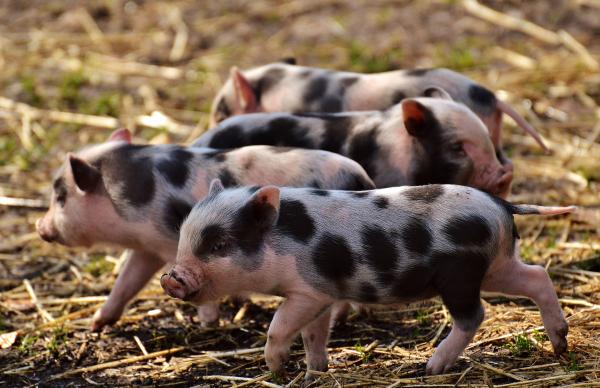The objectives in the APHIS strategic plan protect American agriculture from animal and plant diseases and pests and include:
- Prevent plant and animal diseases from entering the country (isolation)
- Manage plant and animal diseases and pests established in the country (quarantine)
- Ensure effective emergency preparedness and response.
- Ensure the availability, safety, purity, potency, and effectiveness of veterinary biologics (treatment)
- Ensure the development of safe agricultural biotechnology products using a science-based regulatory framework (apply new technologies)
- Ensure timely and accurate diagnostic and other laboratory support and services.
Agriculture may be more vulnerable than most people understand. Many of us remember being taught about the Irish Potato Famine of the 1840s, resulting in 1 million people starving to death and another million displaced. Some may know of the American chestnut blight of the 1900s - the greatest loss of an important food/feed-producing species, which comprised 25% of all hardwood trees along the Appalachian mountains from Mississippi to Maine. Floridians have experienced Citrus Greening, wiping out the Florida citrus crop and Laurel wilt, destroying their avocado crop. Without biotech papaya, this species would be long gone due to disease on the Big Island of Hawaii. Others living in certain parts of the country remember the loss of Elm trees from Dutch elm disease. Few others may remember the southern corn leaf blight, which destroyed 15% of our corn crop in 1970. Internationally, the fall armyworm, a caterpillar capable of destroying a field within a few days, is decimating crops in Africa and Asia. African swine fever has destroyed 50% of swine production in China, where 1.3 billion people rely on pork for 60% of their protein.
The list of diseases and pests is much longer than provided here, but the federal government has not ranked these threats nor connected our federal research dollars to the elimination of these threats. We need to take a much more aggressive approach to identifying, assessing the impact, and devising strategies to combat these vulnerabilities.
The Plan fails because it does not provide a risk ranking of hazards. As a front-line agency, APHIS should:
- Identify animal and plant pest and disease hazards and rank them according to risk. This ranking will direct the research arms of USDA, the National Institute of Food Agriculture, and the Agricultural Research Service, to distribute resources and mitigate those threats.
- Identify emerging hazards that are not yet of high priority.
- Track and annually report federal research funding applied to the ranked threats.
- Track and annually report the research progress of private, academic, and public institutions for each hazard.
- Provide an independent evaluation, i.e., “report card,” of federal efforts to address each hazard.
- Streamline APHIS's regulation of new biotechnology products and allow more of these critical products to be developed and enter the marketplace.
While isolation and quarantine are important strategies for slowing the introduction of threats, at the end of the day, biotechnology is the best strategy for tackling many of these threats. The federal government needs to be more aggressive in exploiting biotechnology to protect the American food supply.
The opinions expressed here are solely those of the author and not of any organization with which he is affiliated




